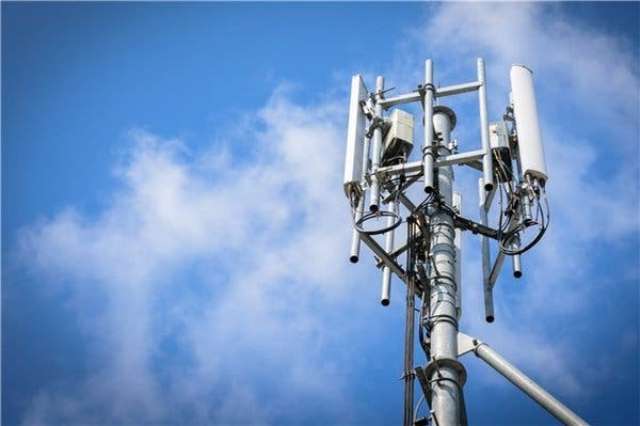Network operator spend on MEC (Multi-access Edge Computing) will grow from $2.7 billion in 2020, to $8.3 billion in 2025, Juniper Research said.
 Mobile operators will be making investment heavily in upgrading network capacities and infrastructure to support the increasing data generated by 5G networks.
Mobile operators will be making investment heavily in upgrading network capacities and infrastructure to support the increasing data generated by 5G networks.
The number of deployed MEC nodes will reach 2 million globally in 2025 as compared with 230,000 in 2020. These devices, which take the form of access points, base stations, and routers, will play a vital role in managing the vast quantities of data generated by connected vehicles, smart city systems and other emerging data-intensive services.
The increase in investment is a result of network operators enhancing key network functions, by moving infrastructure used for processing data from core network locations, to base stations at the edge of their networks. It anticipates that the capabilities of 5G technologies, such as high throughput, low latencies and high device densities, will necessitate roll-outs of MEC nodes in urban areas.
The research identified smart cities as a key industry that will benefit from MEC node roll-outs, as operators and planning authorities identify how best to install 5G-compatible edge nodes. It suggests that these parties explore utilising existing city structures, such as street lighting and sidewalks, to mitigate issues of space limitation inherent to densely-populated areas.
Over 920 million individuals will benefit from edge enhanced Internet connectivity by 2025; rising from 100 million individuals in 2020. Services, such as music streaming, digital TV services and cloud gaming, will be the biggest beneficiaries of the ultra-low latency provided by operators’ increasing roll-outs of MEC nodes over the next 5 years.





